Screens illuminate countless aspects of daily life, and our nights have become less about rest and more about interaction with technology. But amidst the scrolling and streaming lurks a less obvious consequence: the potential disruption of our sleep through exposure to blue light.
Blue light, part of the spectrum of visible light, is a high-energy, short-wavelength light. Not all colors of light have the same effect; blue wavelengths, which are beneficial during daylight hours due to their ability to boost attention, reaction times, and mood, seem to be the most disruptive at night. And the proliferation of electronics with screens, as well as energy-efficient lighting, is increasing our exposure to blue wavelengths, especially after sundown.
Understanding Blue Light

There's a mechanism in our brains that responds to the blue light emitted by screens, directly hampering the production of melatonin, the hormone responsible for the ebb and flow of sleep. This has led to a modern conundrum where our screen time, particularly before bed, is encroaching on our sleep. Recent statistics suggest a steep climb in screen time among adults, correlating with a rise in reported sleep disturbances. This includes difficulty falling asleep, shorter sleep duration, and less restorative sleep.
The implications of disrupted sleep go beyond a mere bad night. Chronic sleep disruption has been linked to a range of health risks including obesity, heart disease, depression, and anxiety, not to mention impairment in attention, concentration, and overall cognitive function. Essentially, our night-time screen use might be setting us up for a host of long-term health issues.
How to Limit the Impact of Blue Light

Recognizing the potential hazards associated with excessive screen time, especially before bed, doesn't mean we have to abandon technology. Rather, we can take steps to mitigate its impact. Simple measures, such as using blue light filters on devices, limiting screen time in the evening, and establishing a tech-free routine before bed, can significantly improve sleep quality. Furthermore, tech isn't all about disruption; certain applications and devices are designed to enhance sleep.
While technology and blue light can disrupt sleep, being informed and proactive about our screen time, especially before bed, can help mitigate negative impacts. It's important to recognize not just the role of technology in our lives, but also its influence on our physical and mental well-being. For those interested in exploring solutions for better sleep, there are resources and products designed to promote healthier sleep patterns and improve overall sleep hygiene. Remember, a better night's sleep could be just a click away from a more balanced relationship with our screens.
Sources:
- Harvard Health Publishing, Blue light has a dark side, 2020.
- National Library of Medicine, The inner clock—Blue light sets the human rhythm, 2019.
- National Library of Medicine, Youth screen media habits and sleep: sleep-friendly screen-behavior recommendations for clinicians, educators, and parents, 2019.
- National Library of Medicine, Short- and long-term health consequences of sleep disruption, 2017.
- The Sleep Foundation, How Blue Light Affects Sleep, 2023.







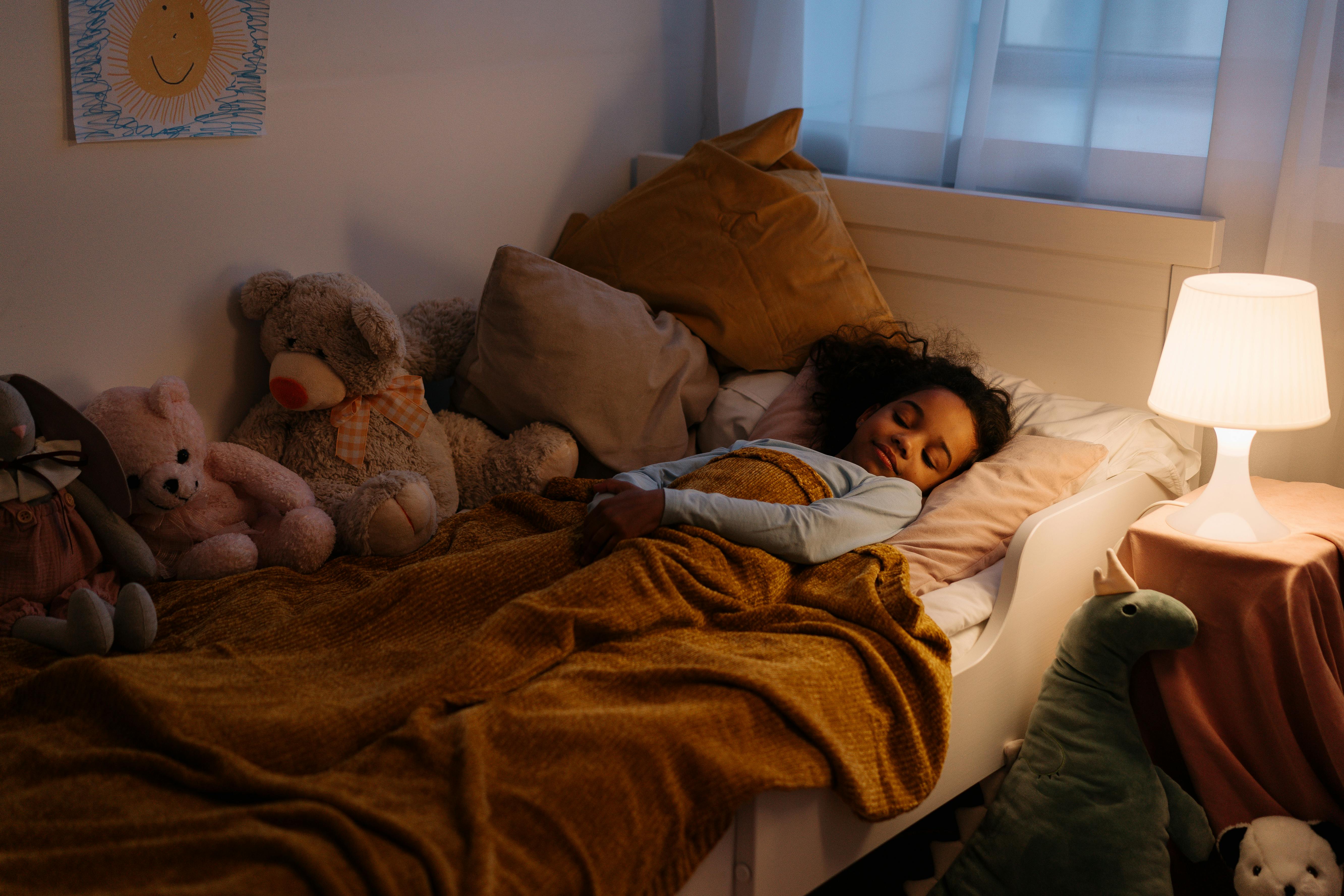
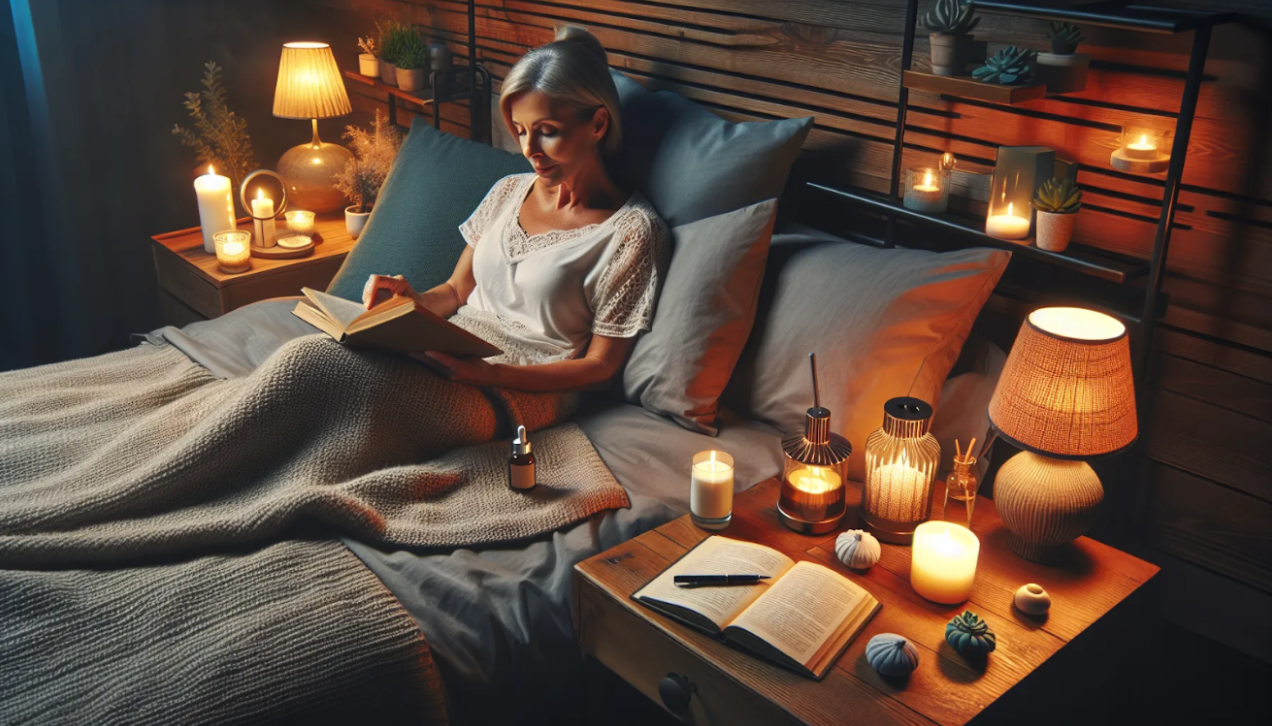

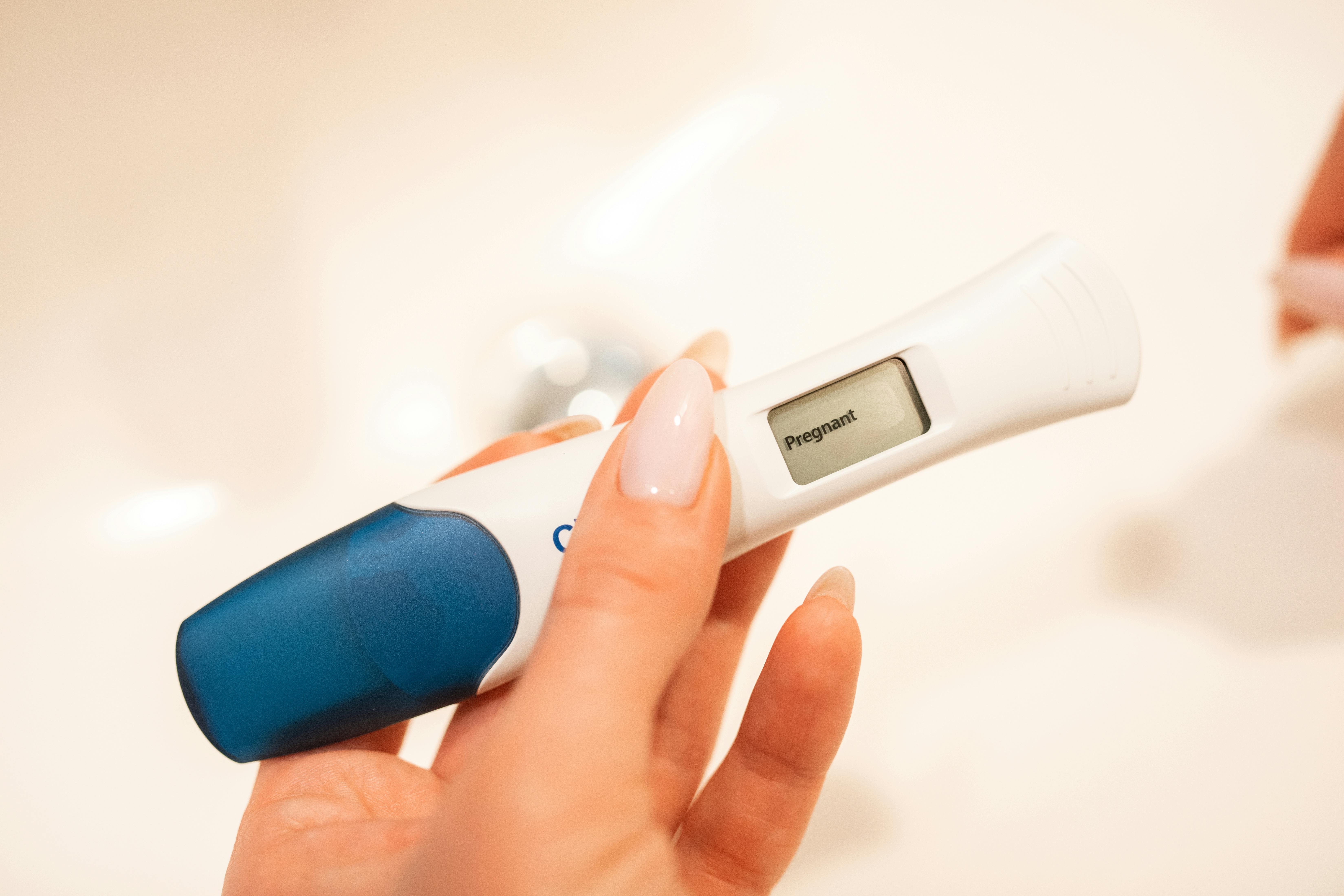







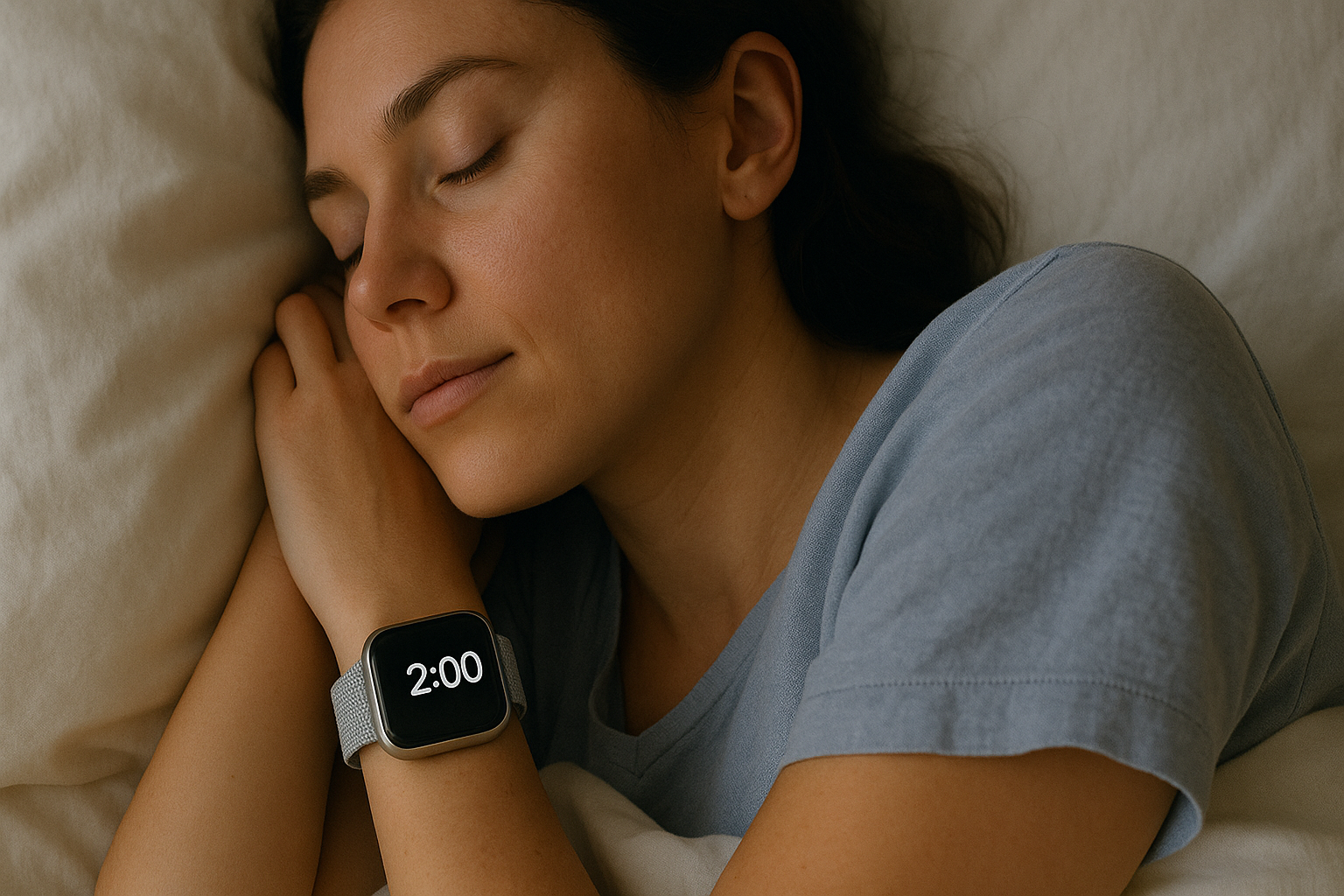


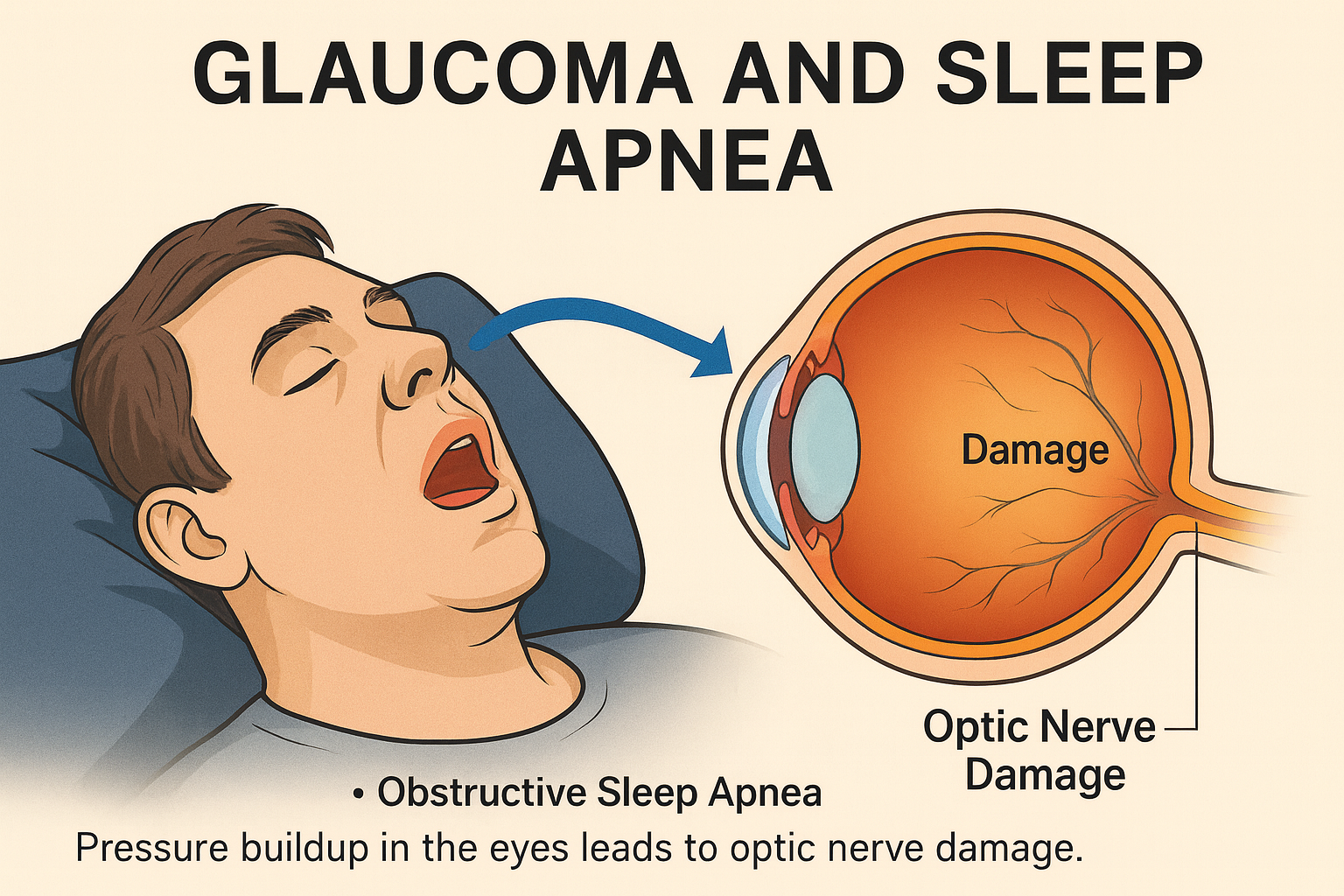
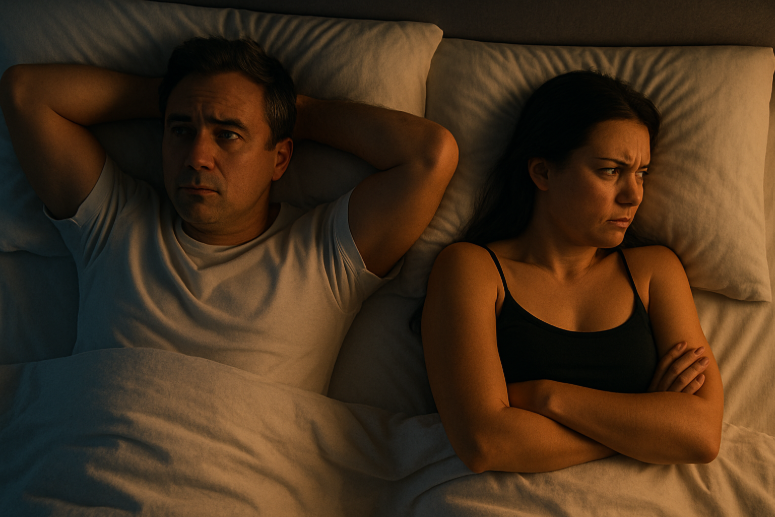


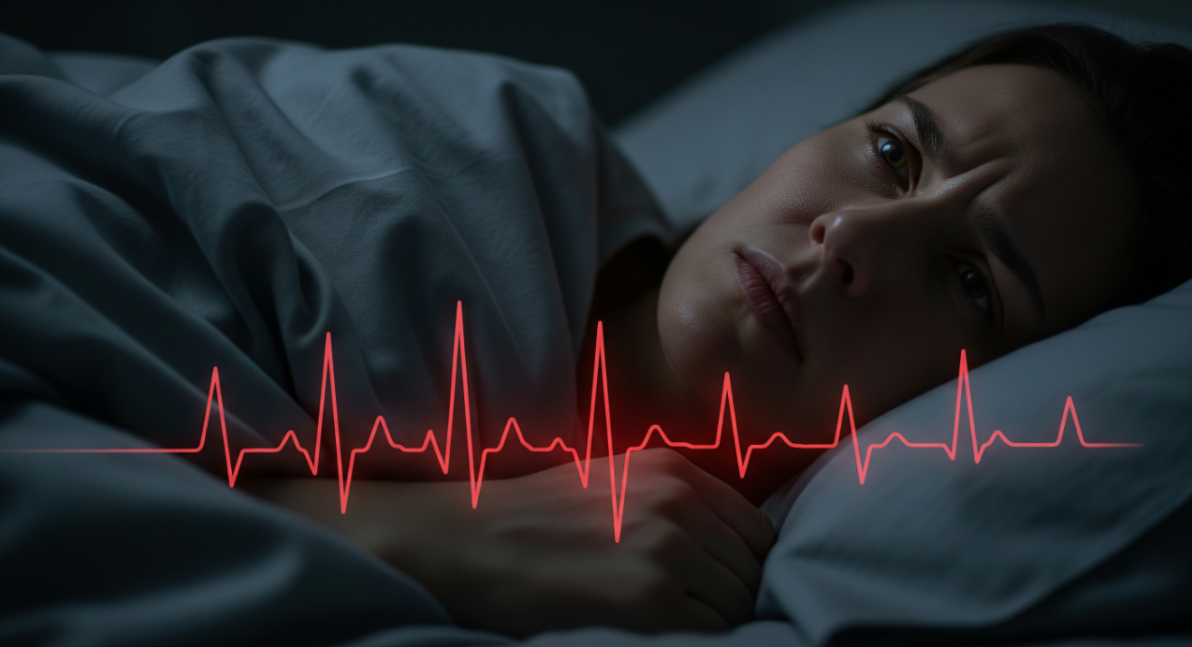






























































%20thumbnail.jpg)
.png)